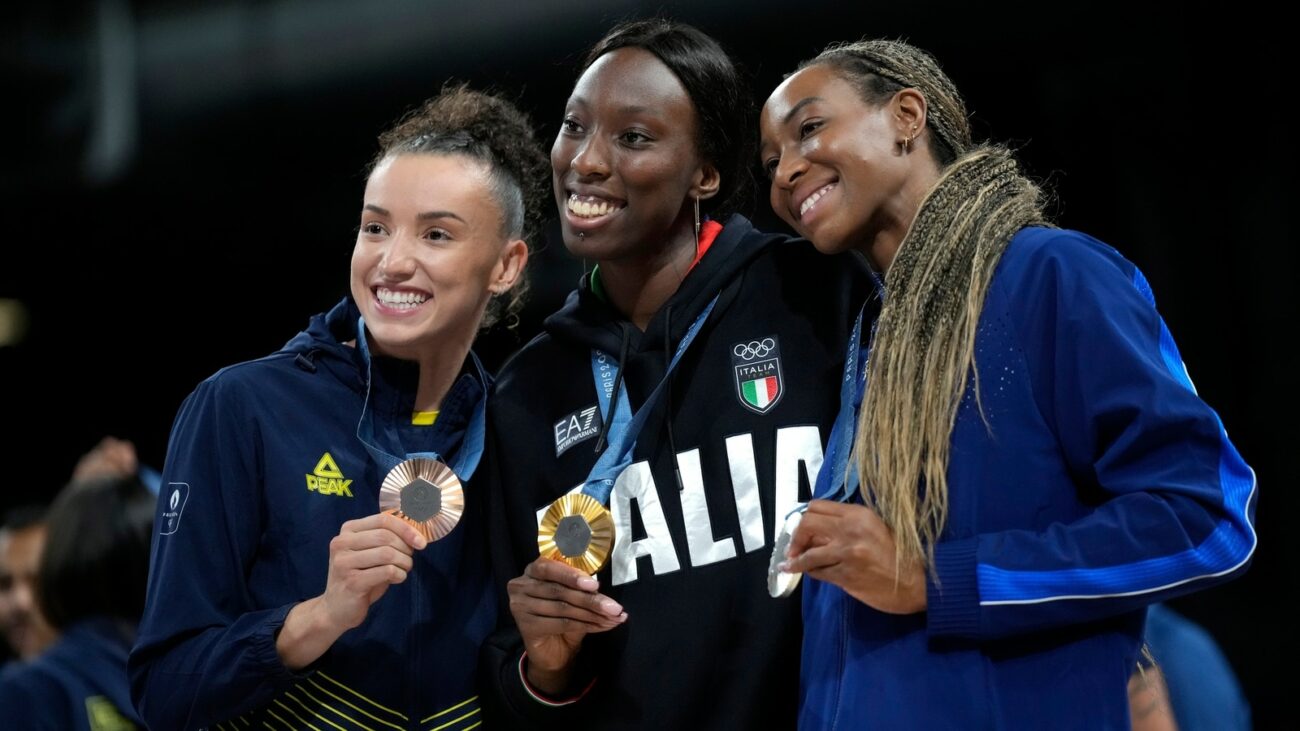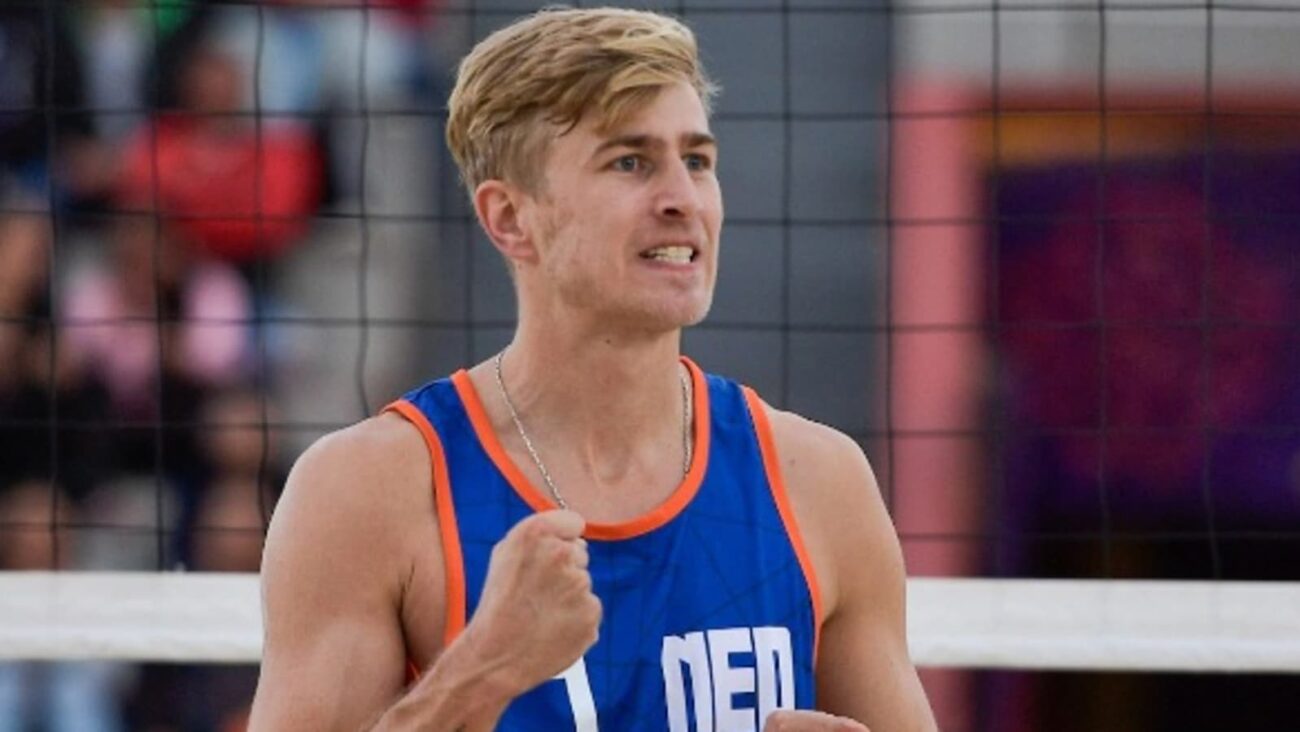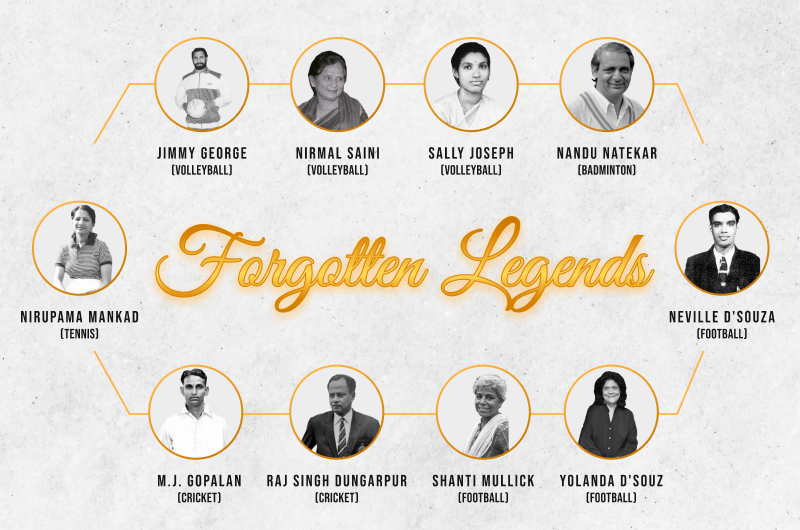Athletes compete, passion ablaze,
Fields and courts, where legends amaze,
Graceful movements, battles unfurled,
Sports, a symphony that stirs the world.
Sports. A spirit that lies within us and an activity that holds a special place in every Indian’s heart. Be it hockey the national sport of India or cricket- the soul of every sports enthusiast Indians look forward to these events.
Indians are mad and passionate about sports. Be it cricket or football or hockey, every Indian wears his/her passion on their sleeve to support their favourite athlete.
Did you know India houses the world’s oldest stadium with terraced stands located in Dholavira, Gujarat? Such is the rich history of our country which has produced many sporting legends who have done miraculous tasks on the field to inspire future generations.
In such a sportingly rich country, it is a shame that we have some of our sporting heroes who aren’t being credited as much. Their dedication, sacrifices and bravery deserve wide recognition and appreciation from us.
In this article, we have a look at some of the forgotten legends of India’s sports history.
The Forgotten Legends of India’s Sports History
Jimmy George- The Flying Indian
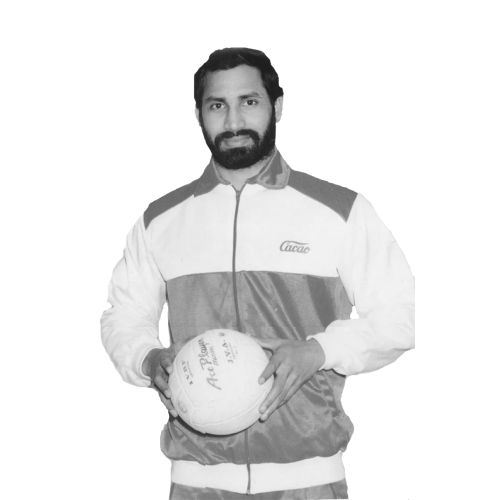
Jimmy George, the renowned Indian volleyball player and former captain of the Indian national volleyball team, is widely recognized as one of the greatest volleyball players in history. Often referred to as the “God of Indian volleyball,” he achieved remarkable heights in his career. An important aspect of volleyball is the net, which stands at a height of 2.43 metres. Jimmy’s exceptional attack reach extended to 3.44 metres, nearly one metre more than the net height.
Jimmy George initially played as an amateur for both Kerala and the Indian national team. However, he went on to make history by becoming the first Indian to transition into a professional volleyball player. He competed for professional clubs overseas, most notably in Italy. Jimmy’s skills and talent were widely acknowledged, and he gained significant recognition during his time playing in Italy.
Yet, tragedy struck when the world least expected it. At the tender age of 32, Jimmy’s life was cut short in a devastating road accident in Italy. The news shattered hearts and dimmed the light of Indian volleyball. A void was left, an emptiness that could never be filled.
But even in his untimely departure, George’s legacy remains indelible. His name will forever be whispered with reverence, his memory cherished by those who witnessed his greatness. He will forever be remembered as the youngest volleyball player to receive the prestigious Arjuna Award, a testament to his exceptional contributions to Indian sports.
Nirmal Kaur Saini
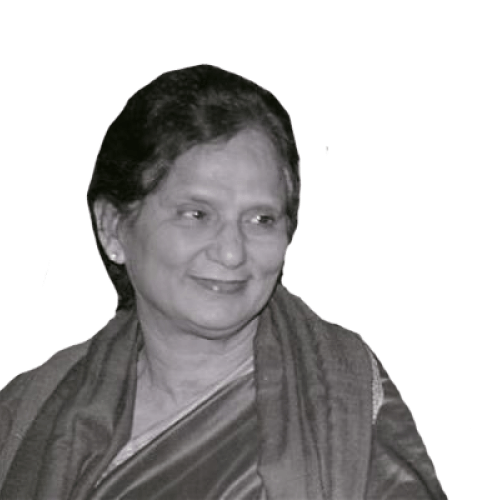
Legends have said, “Behind every successful man is a woman”. We all know Milkha Singh- The Flying Sikh, the track and field sprinter who made India proud by winning various prestigious trophies and medals around the world.
Nirmal Kaur Saini was the wife of Milkha Singh and the mother of their son Jeev Milkha Singh but very few people know that she was an Indian volleyball player and captain of the India women’s national volleyball team. She was a member of the Punjab volleyball team and has consequently won tournaments while playing with the team. She was the captain of the Indian Volleyball team in the Indo-Ceylon tour held in Sri Lanka.
Sally Joseph
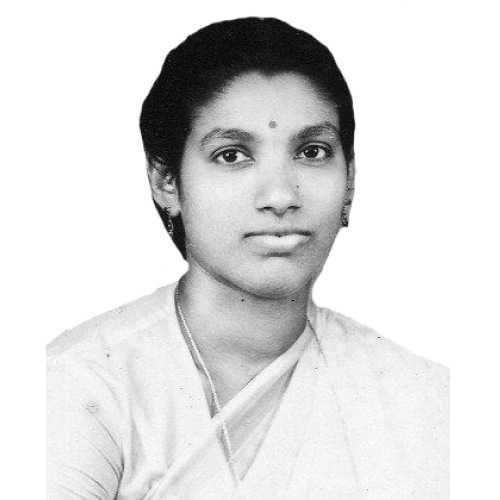
Sally Joseph, a Kerala native, was a remarkable and highly skilled volleyball player who left a lasting impact on the sport. Her exceptional abilities on the court set her apart and made her a standout figure among the volleyball players from Kerala. Known for her mesmerising playstyle, she possessed a unique skill set that often overshadowed even male players. Sally Joseph was particularly renowned for her captivating counter-attacking skills, displaying beautiful action and delivering thunderous spikes.
In recognition of her outstanding contributions to Indian volleyball, Sally Joseph was honoured with the prestigious “Arjuna Award” in 1984. This esteemed award is granted to athletes who have exhibited exceptional performances and achieved remarkable milestones in their respective sports.
Sally Joseph’s legacy as a highly talented volleyball player from Kerala continues to inspire aspiring athletes. Her extraordinary skills, combined with the recognition of receiving the Arjuna Award, solidify her place among the noteworthy volleyball players in the history of Indian sports.
Nandu Natekar
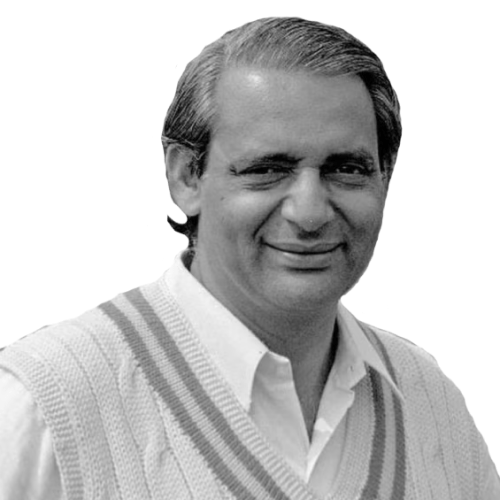
Nandu M. Natekar was the recipient of the first Arjuna Award instituted in 1961. He was the first Indian badminton player to play and win an international title back in 1956. He has won over 100 international and national titles. Nandu M. Natekar has participated in a number of matches, of which he won 12 out of the 16 singles matches and 8 out of 16 in doubles as part of the Indian team at the Thomas Cup held between 1951 and 1963.
During his playing career, Nandu Natekar represented India in numerous international tournaments and brought home several accolades. He won the National Badminton Championships of India for seven consecutive years from 1953 to 1959, showcasing his dominance and consistency in the sport. He also led the country in the tournament in 1959, 1961 and 1963. He also entered the quarterfinals of the coveted All England Championships in 1954 when he was just 21.
MJ Gopalan
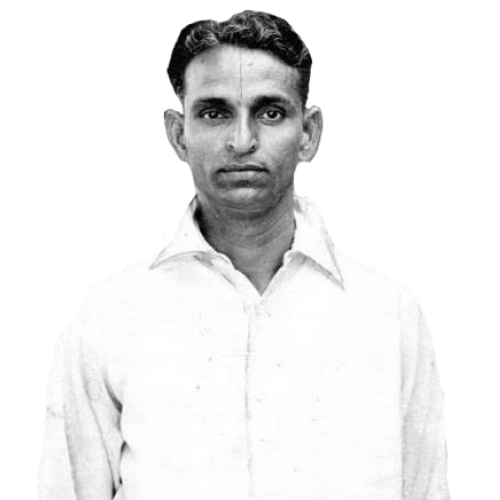
Morappakam Josyam Gopalan, fondly called MJ Gopalan was a prominent figure in the field of Indian cricket. He played a significant role as an all-rounder and was associated with the Madras (now Chennai) cricket team.
Gopalan was an exceptional right-arm fast-medium bowler, known for his ability to swing the ball effectively. He represented the Madras cricket team in various tournaments and played a crucial part in their successes.
Gopalan’s cricketing career spanned from the late 1930s to the early 1950s, during which he showcased his skills in both domestic and international matches. His dedication and talent led him to earn the prestigious Madras Presidency cap, a symbol of recognition for exceptional cricketers in the region.
He was more successful in first-class cricket, taking 194 wickets as a fast bowler as well as scoring 2916 runs in 78 matches. Gopalan was a double international, who also represented India at hockey as a centre-half. In 1936, he was faced with a difficult choice when he was picked for both the cricket tour of England and for the hockey team at the Berlin Olympics. Gopalan bowled the first delivery in the Ranji Trophy, against Mysore at Madras in November 1934.
Raj Singh Dungarpur
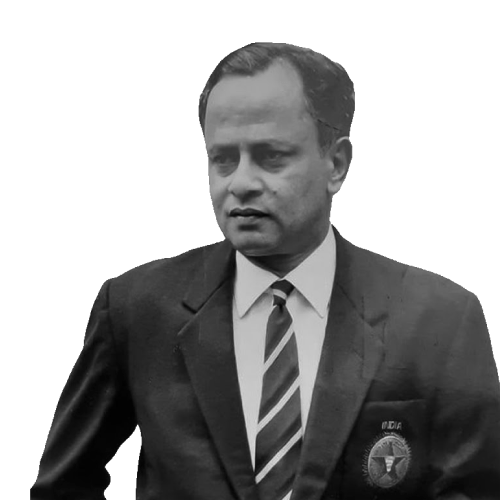
Raj Singh Dungarpur held the position of president at the Board of Control for Cricket in India. In his role as the chairman of the selection committee, Dungarpur played a pivotal role in introducing Sachin Tendulkar to the international cricket scene. Tendulkar was handpicked by Dungarpur and included in India’s 1989 tour of Pakistan when he was a mere 16 years old. Dungarpur is also acknowledged for his efforts in establishing the National Cricket Academy in Bangalore.
During his cricketing career, Dungarpur represented the Rajasthan cricket team as well as the Central Zone cricket team. He participated in 86 first-class cricket matches spanning from 1955 to 1971, showcasing his skills as a medium-pace bowler and claiming a total of 206 wickets. Among his notable performances, his standout figures of 7 for 88 and 5 for 55 came during Rajasthan’s triumph over Vidarbha in the 1967-68 season. Moreover, Dungarpur assumed the role of Manager for the Indian Cricket team on multiple occasions, contributing to the team’s management and coordination.
Neville D’souza
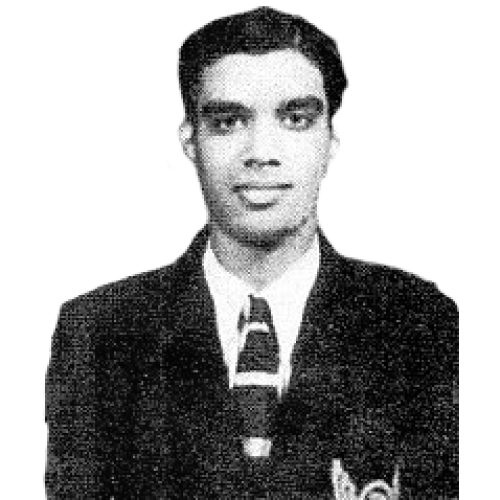
Neville D’souza played hockey during his academics and represented the Bombay State hockey team in the National Hockey Championship from 1953 to 1955. He began his football career after playing for football clubs in Goa. He scored 4 goals in the 1956 Summer Olympics and was known as one of the finest strikers back in his time.
S. Narayan a former Indian international who played with Neville at the 1956 Summer Olympics said about Neville D’Souza.
“Whenever I think about Indian football, his name comes to my mind. After we won, I remember the Australians calling our victory a “fluke” and demanding a rematch at Sydney after the Games ended. They were so stunned at the Olympic loss despite the home advantage that they were adamant about playing us again. We won the re-match with Neville scoring twice. Television was not around when Neville was playing for India at the Olympics and nor were video recordings possible, so people have no way of knowing how good he was in the goalmouth.”
The Mumbai Football Association began organising U-17 Neville D’Souza Trophy for teenagers from seventeen districts in Maharashtra.
Shanti Mullick
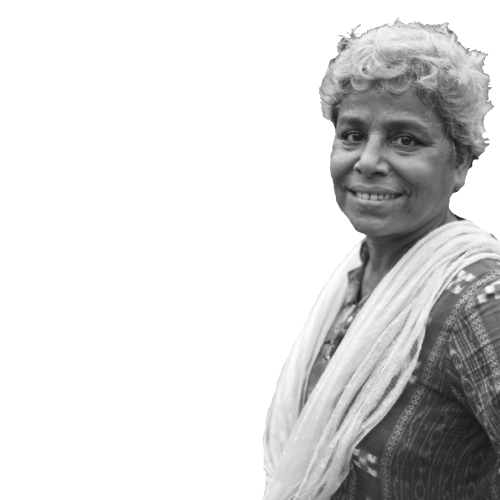
Shanti Mullick is an Indian former women’s footballer who played as a forward for the India women’s national football team. Mullick is the first Indian women’s footballer to receive the Arjuna Award, the second-highest Indian sports award.
Mullick was born in Kalighat, Kolkata, West Bengal and her father was also a footballer who served in the military.
Mullick represented India at the AFC Women’s Championships where the team reached the finals twice and finished as runners-up in the 1980 and 1983 editions. She played for the national team managed by legendary Sushil Bhattacharya. Her team also finished in third place in the 1981 edition. She captained the Indian team between 1981 and 1983. Mullick was the first women’s footballer to score a hat-trick for India in a 5–0 victory over Singapore in the 1981 AFC Women’s Championship.
Yolanda D’Souza

Yolanda D’Souza Kammermeier, known as ‘The Hat-Trick Queen,’ holds the distinction of being the first woman to achieve an international hat-trick for India. Although she grew up in Calangute, young Yolanda never anticipated that she would become a pivotal figure in the history of Indian women’s football during the late 1970s and early 1980s.
Yolanda’s career in football was truly remarkable, garnering her numerous accolades. In 1979, she was honoured with the prestigious Bakshi Bahaddar Jivba Dada Kerkar Award by the Government of Goa. Recognizing her exceptional talent and contributions to the sport, Yolanda was later bestowed with the esteemed title of “Player of the Decade” by the Women’s Football Federation of India (WFFI) in 1980.
One of Yolanda’s significant achievements was being the first female player to score an international hat trick for India. She accomplished this remarkable feat against the Swedish club BET in 1976, etching her name in the annals of Indian football history.
Nirupama Mankad
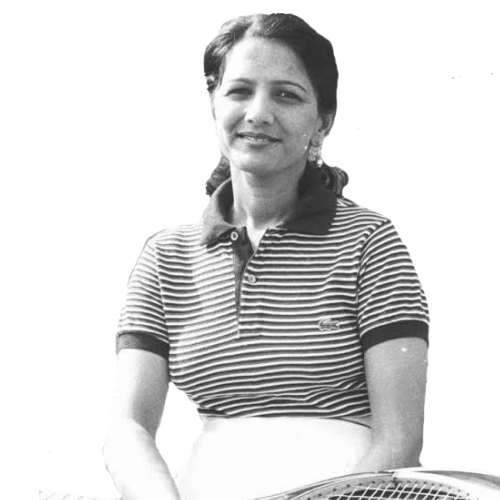
Nirupama Mankad is a former Indian tennis player and also the daughter of Tennis legend G. Vasant. Mankad won the Asian women’s tennis championship in 1965 at the age of 17. She introduced Tennis to India before it became mainstream. She was active from 1964 to 1979 and contested 25 finals and won 18 singles titles.
Nirupama Mankad achieved several notable milestones throughout her career. In 1987, she became the first Indian woman to reach the main draw of a Grand Slam tournament when she qualified for the Wimbledon Championships. Her perseverance and skill earned her recognition as a trailblazer for Indian women in tennis.
During her professional tennis career, Mankad participated in both singles and doubles competitions. She was known for her strong baseline game, versatility, and mental toughness on the court. Mankad’s dedication and hard work led to her achieving a career-high singles ranking of 134 in the world.
Nirupama Mankad also represented India in the Fed Cup, the premier international team competition in women’s tennis. Her commitment to the sport and her country helped raise the profile of Indian women’s tennis on the global stage.
After retiring from professional tennis, Mankad continued to contribute to the sport as a coach and mentor. She has been actively involved in nurturing young tennis talents in India and promoting the growth of the game at the grassroots level.
Nirupama Mankad’s achievements and her pioneering role in Indian women’s tennis have left a lasting impact on the sport in the country. She remains an inspiration for aspiring tennis players and a symbol of excellence in Indian tennis history.

